Your Guide to Growing Phacelia: The Bee's Favourite Flower
Did you know that a single phacelia plant can attract over 500 bees a day during its peak flowering season? It’s a staggering number that highlights just how vital this plant is for our buzzing friends. Yet, despite being a powerhouse for pollinators, phacelia (Phacelia tanacetifolia) remains one of the most undervalued plants in British gardens. This unassuming flower is set to become your new garden favourite.
Originally from North America, phacelia has comfortably settled across the UK, thriving in our climate. Its value hasn't gone unnoticed; the Royal Horticultural Society (RHS) now includes it on its prestigious 'Plants for Pollinators' list, recognising its significant contribution to garden biodiversity. But its benefits extend far beyond attracting bees.
This guide will walk you through everything UK gardeners need to know about this remarkable plant. We’ll cover how to sow, grow, and care for phacelia, and explore its dual purpose as both a beautiful ornamental flower and a hard-working green manure crop that enriches your soil. By the end, you'll have all the knowledge needed to transform your garden with this pollinator powerhouse.
What is Phacelia?
Often called fiddleneck, scorpion weed, or purple tansy, Phacelia tanacetifolia is a hardy annual that is as beautiful as it is beneficial. It has a distinctive appearance, with delicate, fern-like pinnate leaves and enchanting coiled clusters (cymes) of lavender-blue flowers that unfurl as they bloom. This unique shape gives it the common name "fiddleneck."
Native to the deserts of the United States and parts of Central America, phacelia has proven remarkably adaptable, flourishing in the varied conditions of the UK climate. Its inclusion in the RHS Plants for Pollinators scheme is a testament to its exceptional value. This scheme helps gardeners identify plants that provide essential nectar and pollen for a wide range of pollinating insects, and phacelia is a star performer. Studies have shown it to be a superior source of nectar compared to many native alternatives, making it a crucial addition for anyone looking to create a wildlife-friendly garden.
Dual Benefits: Beauty and Function
Phacelia is a true multi-tasker, offering both aesthetic charm and practical advantages that few other plants can match.
- As a Cut Flower: With its long stems, unique texture, and beautiful lavender blooms, phacelia makes a stunning addition to any floral arrangement. It has a good vase life and adds a soft, wildflower feel to bouquets.
- As a Green Manure: This is where phacelia truly shines for the practical gardener. Sown on empty beds, it grows quickly, its dense foliage smothering weeds before they can take hold. Its deep root system works to break up compacted soil, improving its structure. While not a nitrogen-fixer like legumes, it is a fantastic nitrogen holder, absorbing available nitrogen from the soil and preventing it from washing away. When you dig the plant back into the ground, this nutrient is released, enriching the soil for your next crop.
- For Wildlife: The benefits for wildlife are immense. Its nectar-rich flowers are irresistible to honeybees, bumblebees, hoverflies, and butterflies. By planting phacelia, you are creating a vital feeding station that supports a healthy and diverse garden ecosystem.
Planting Phacelia in the UK
Getting phacelia started in your garden is straightforward. It grows best from seed sown directly where you want it to flower, as it doesn't appreciate being transplanted.
When to Sow
Timing is flexible, depending on your goal. You can sow from March to September.
- Spring Sowing (March-May): Sowing in spring will give you summer flowers. In Scotland and Northern England, it's best to wait until late April or May when the soil has warmed up. In Southern England, you can start as early as March if the weather is mild.
- Autumn Sowing (August-September): Sowing in late summer or early autumn is ideal when growing phacelia as a green manure. The plants will establish and cover the soil over winter, protecting it from erosion and retaining nutrients. In milder parts of the UK, it may even survive the winter and flower early the following spring.
How to Sow
Phacelia prefers a sunny spot and fertile, well-drained soil. It's not fussy about pH and will grow in acid, alkaline, or neutral soil.
Before sowing:
- Clear the area of weeds and debris.
- Rake the soil to a fine, crumbly texture.
Sowing technique:
- For Green Manure: Scatter the seeds thinly over the prepared ground. The recommended rate is about 1 gram of seed per square metre. Lightly rake the seeds into the soil and water well.
- For Cut Flowers or Ornamental Display: Sow seeds in drills about 10-15cm apart. This spacing allows the plants to grow stronger and produce better quality blooms.
Caring for Phacelia Through the Seasons
Phacelia is a low-maintenance plant that requires very little fuss once established.
Spring and Summer
After sowing, keep the soil moist to encourage germination, which typically takes 1-2 weeks. Once the seedlings appear, you'll only need to water during prolonged dry spells. If you've sown thickly for an ornamental display, you might want to thin the seedlings to about 20-30cm apart to give them space to flourish. Flowering usually begins around 6-8 weeks after sowing, and this is when your garden will come alive with pollinators.
Autumn and Winter
If you've sown phacelia as a green manure, the main task is to dig it into the soil. This should be done before it flowers, as the stems are still soft and will decompose quickly. If left to flower, the plant will self-seed readily, which can be a bonus if you want it to return next year but a nuisance if you want to control its spread. Simply chop the foliage down and turn it into the top layer of soil with a spade or fork.
Harvesting and Using Phacelia
How you harvest phacelia depends on your intended use.
For Cut Flowers
For the longest vase life, cut the flower stems in the morning when the first few flowers on the curved spike have opened. Place them immediately into a bucket of fresh water. Strip the lower leaves before arranging them. By sowing seeds every few weeks through spring and early summer (successive sowing), you can ensure a continuous supply of beautiful blooms.
As Green Manure
To get the maximum nutrient benefit, cut the plants down just as the flower buds appear but before they open. At this stage, the plant is full of valuable nutrients. Let the foliage wilt on the surface for a day or two, then dig it into the top 15-20cm of soil. Leave the ground for a few weeks to allow the organic matter to decompose before planting your next crop.
For Seed Collection
If you want to save seeds for next year, let the flowers fade and the seed heads turn brown and dry. Snip off the heads and place them in a paper bag. Shake the bag to release the seeds, then separate them from the chaff. Store the seeds in a cool, dry, dark place until you’re ready to sow them again.
Common Challenges for UK Growers
Phacelia is generally trouble-free and resistant to most pests and diseases. The main challenge is managing its enthusiasm for self-seeding. If you don’t want volunteer plants popping up everywhere, it's crucial to either dig it in before it flowers or deadhead the spent blooms promptly.
Companion planting with phacelia is a great strategy. In the vegetable plot, it attracts beneficial insects that can help pollinate your crops and prey on pests like aphids.
Transform Your Garden with This Pollinator Powerhouse
Phacelia is more than just a pretty flower; it’s a hard-working, versatile plant that offers something for every UK gardener. It enriches your soil, suppresses weeds, provides beautiful cut flowers, and, most importantly, offers a lifeline to our precious pollinators. Its ease of growth and multiple benefits make it an essential addition to any modern, eco-conscious garden.
Why not start with a small patch this year? See for yourself how this incredible plant can bring life, colour, and health to your garden. Join the growing community of gardeners who are making a real difference, one phacelia flower at a time.
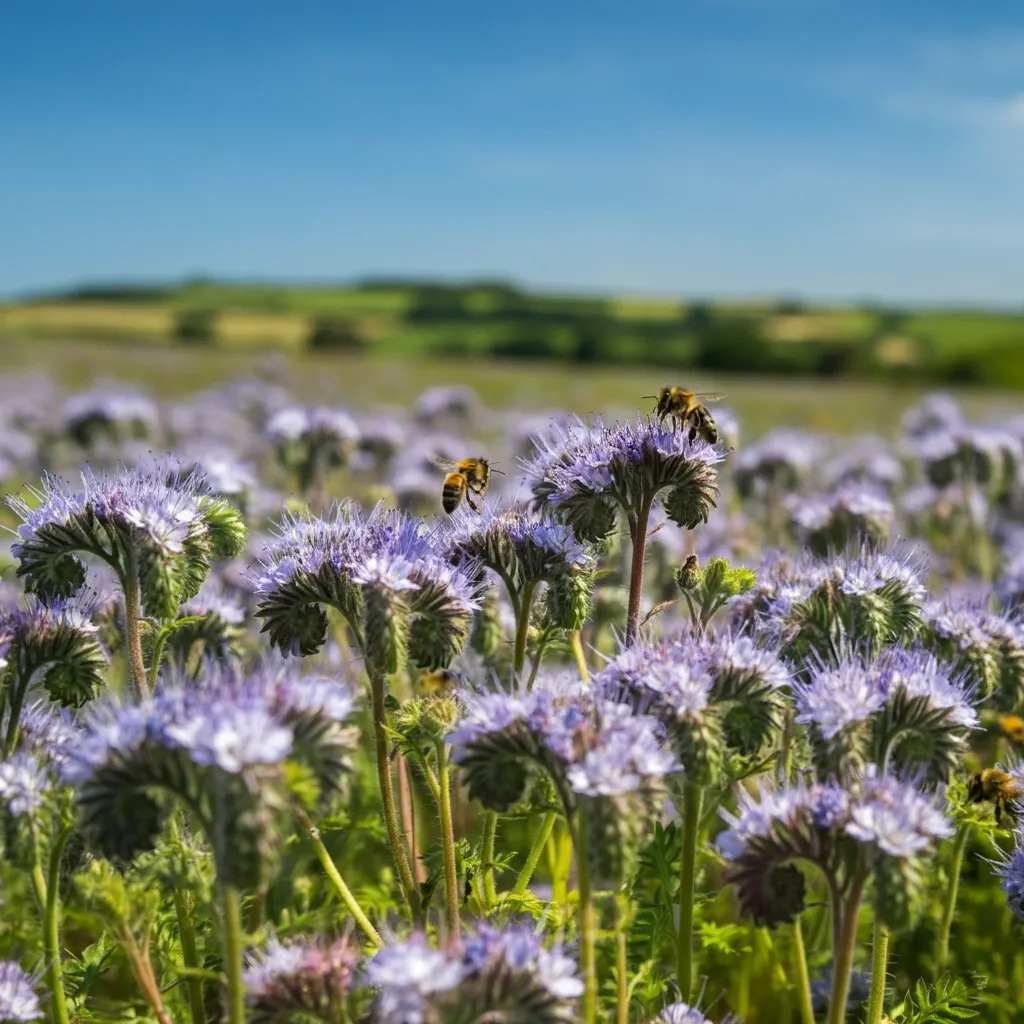
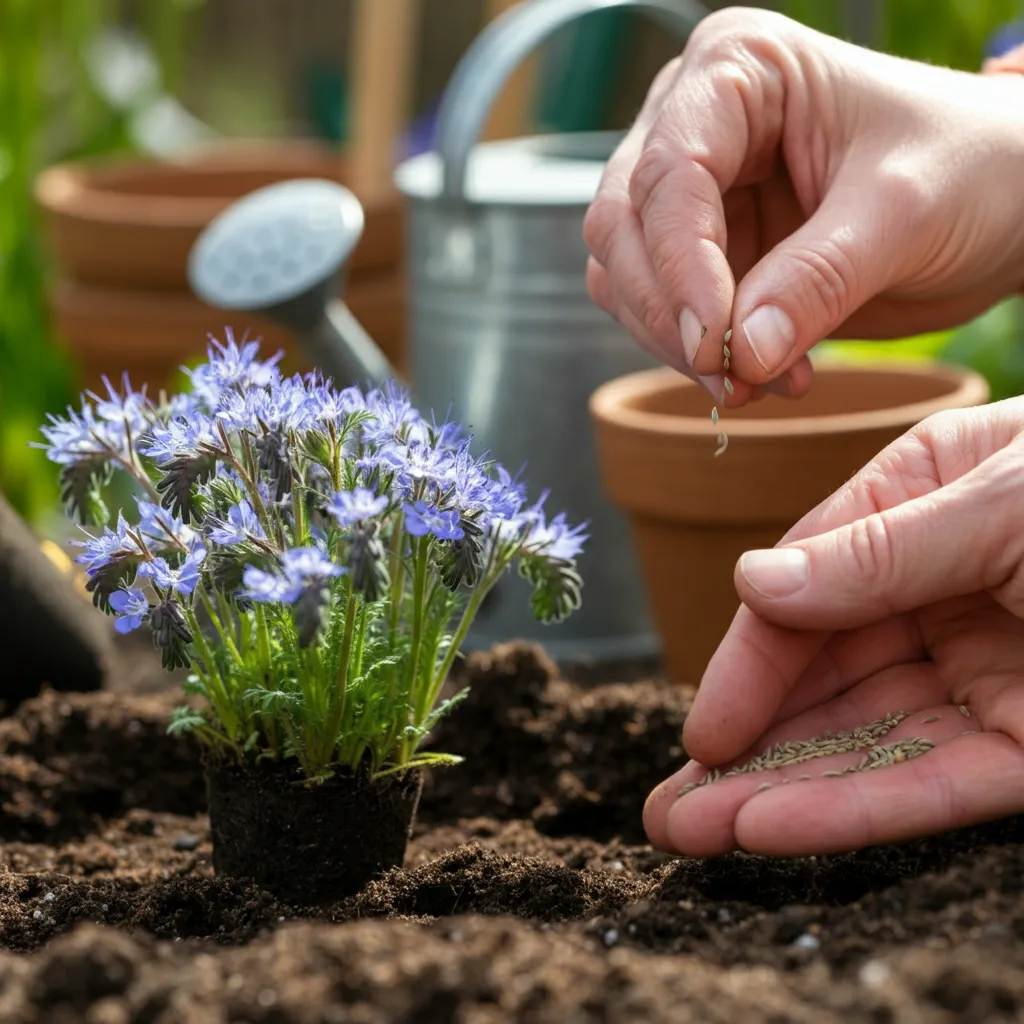
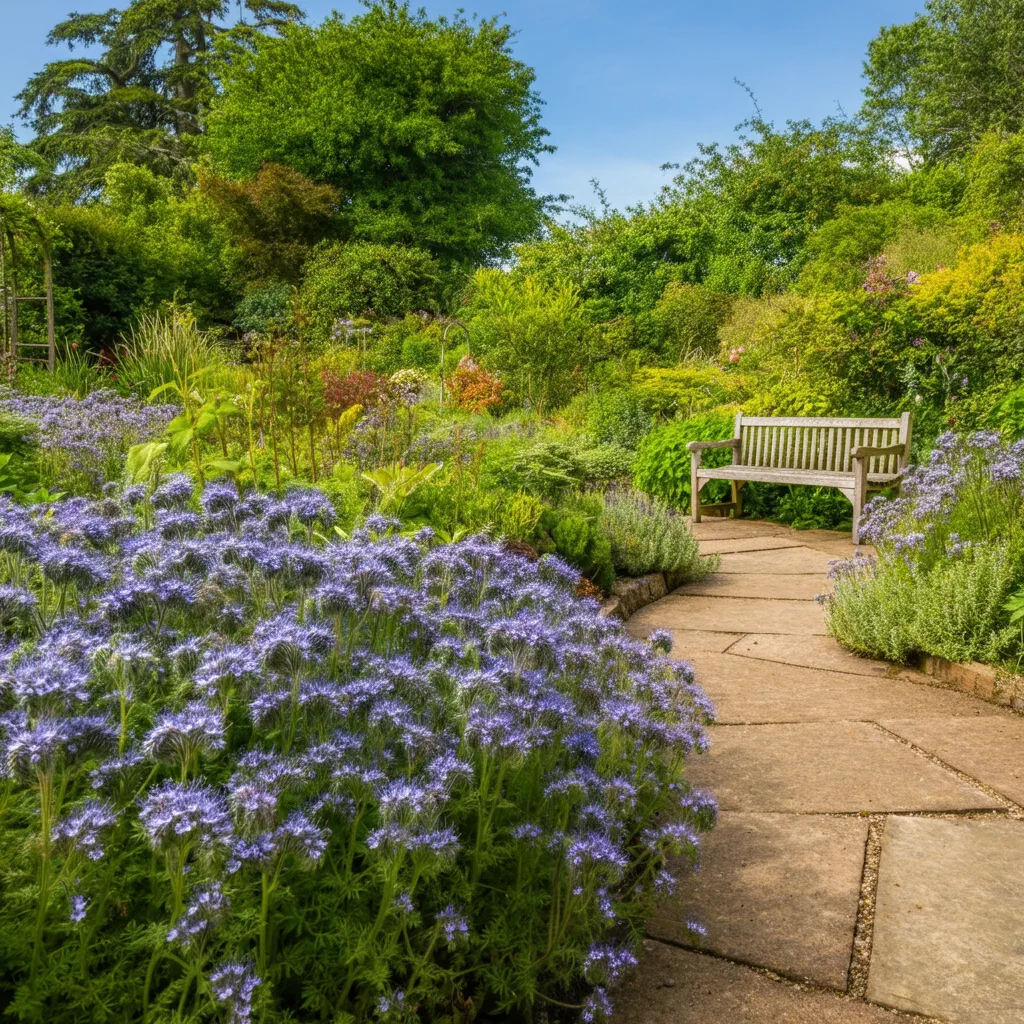
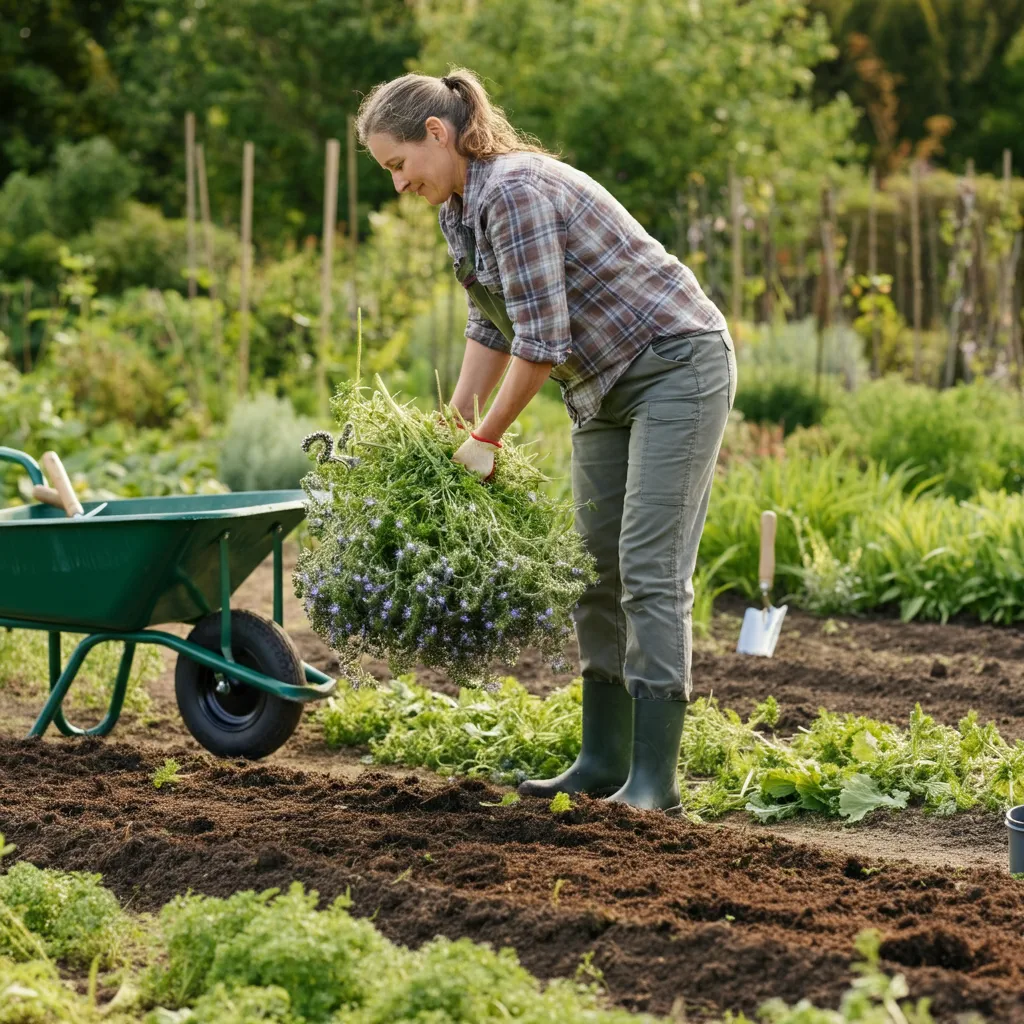
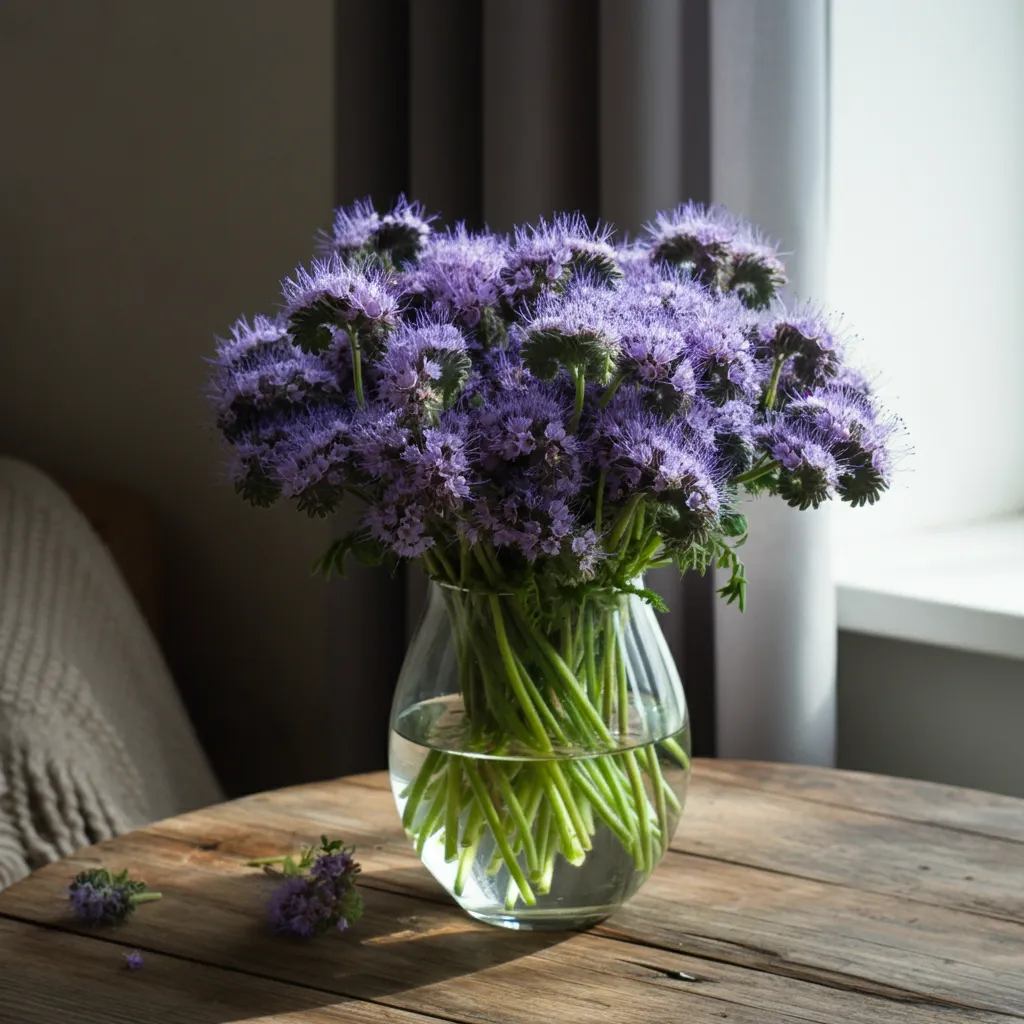











Community Feedback